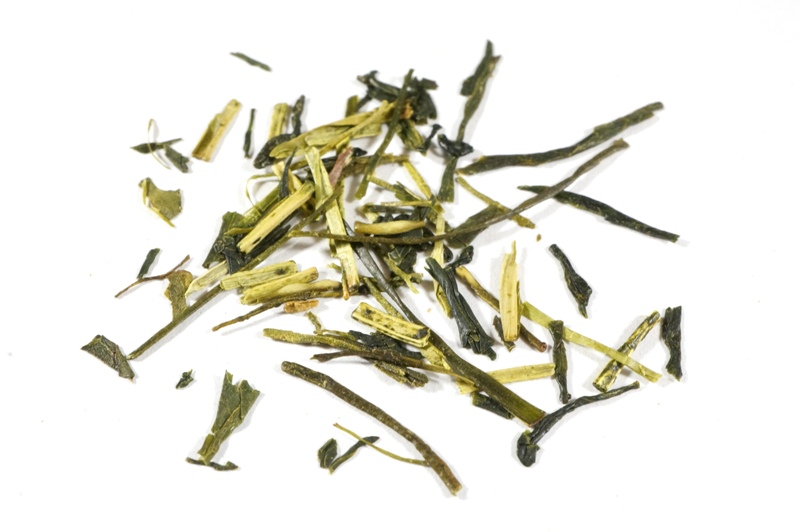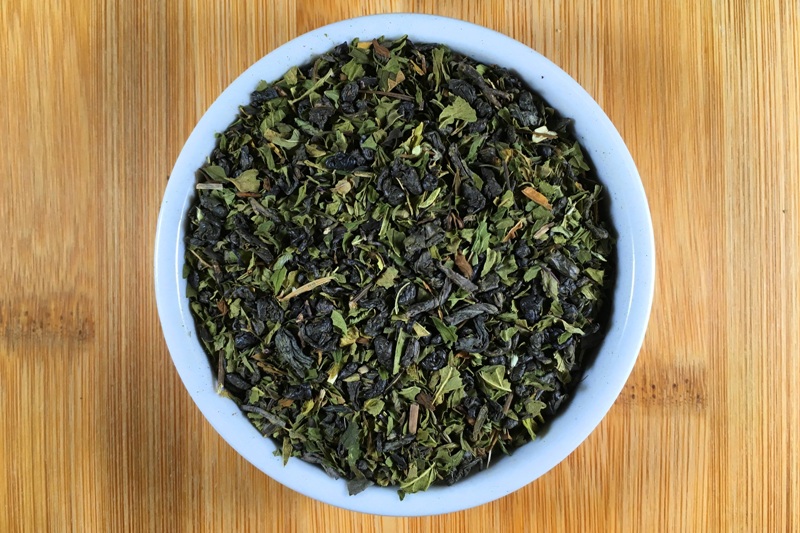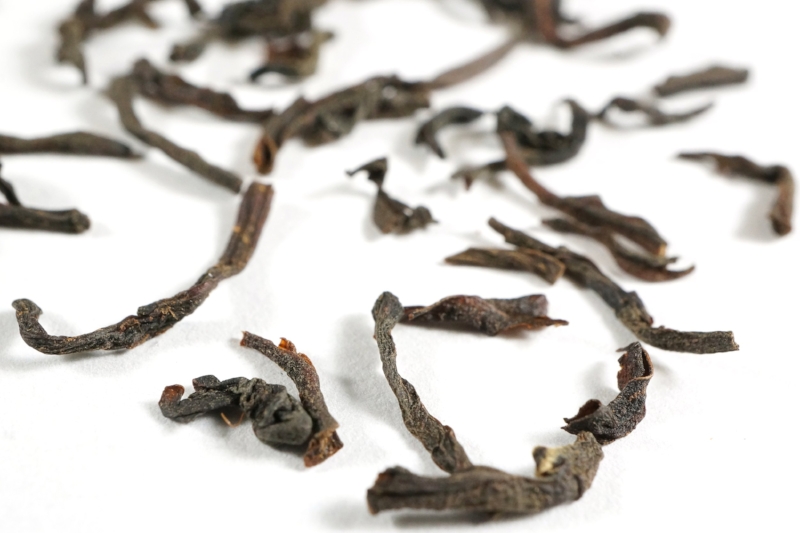If you're a tea lover looking for a unique and flavorful green tea, we would recommend trying Genmaicha Japanese Green Tea. This traditional Japanese tea is made by combining high-quality green tea leaves with roasted brown rice, resulting in a nutty and aromatic flavor that is both refreshing and satisfying.
Not only does this tea offer a delicious taste, but it also provides health benefits due to its high levels of antioxidants and the natural benefits of green tea. The addition of roasted brown rice adds a nutty flavor and a hint of sweetness to the tea, making it a perfect option for those who prefer a slightly sweeter tea.
The appearance of the tea leaves is unique, with a mix of green tea leaves and small pieces of roasted brown rice, creating a textured and colorful appearance. The aroma is also distinctive, with a nutty and slightly toasty scent.
To brew this tea, simply steep one teaspoon of the tea leaves in eight ounces of hot water at a temperature of 180°F for two to three minutes. The resulting tea has a light golden color and a nutty, toasty flavor with a slight sweetness from the roasted rice.
Overall, Beantean Tea & Spices' Genmaicha Japanese Green Tea is a must-try for tea lovers who enjoy unique and flavorful blends. This tea provides both taste and health benefits, making it a perfect choice for any time of the day. The combination of high-quality green tea and roasted brown rice creates a unique and satisfying taste that is sure to delight the senses. Try it today and experience the delicious flavor of this traditional Japanese tea!































